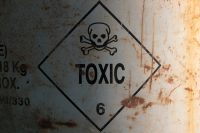Models for a Reformed TSCA?
While the U.S. Congress does its annual dance about reforming the Toxic Substances Control Act (TSCA), the Government Accountability Office (GAO) took a look at some chemical programs alive and well in other countries. Was this an attempt to nudge Congress into action? Might a reformed TSCA look like any of these programs? Let’s take […]










